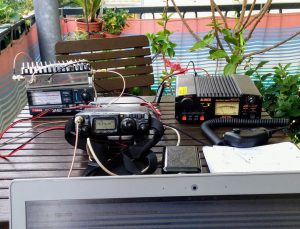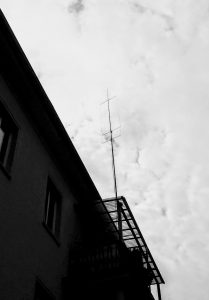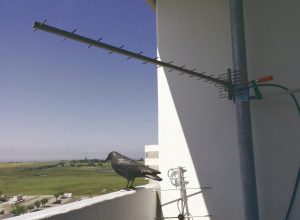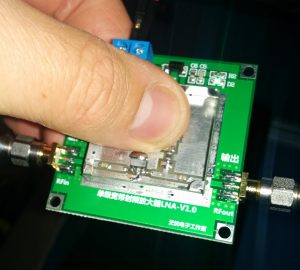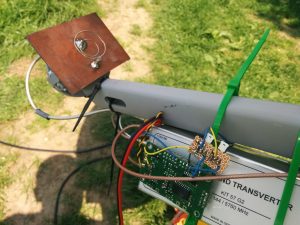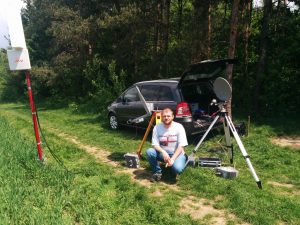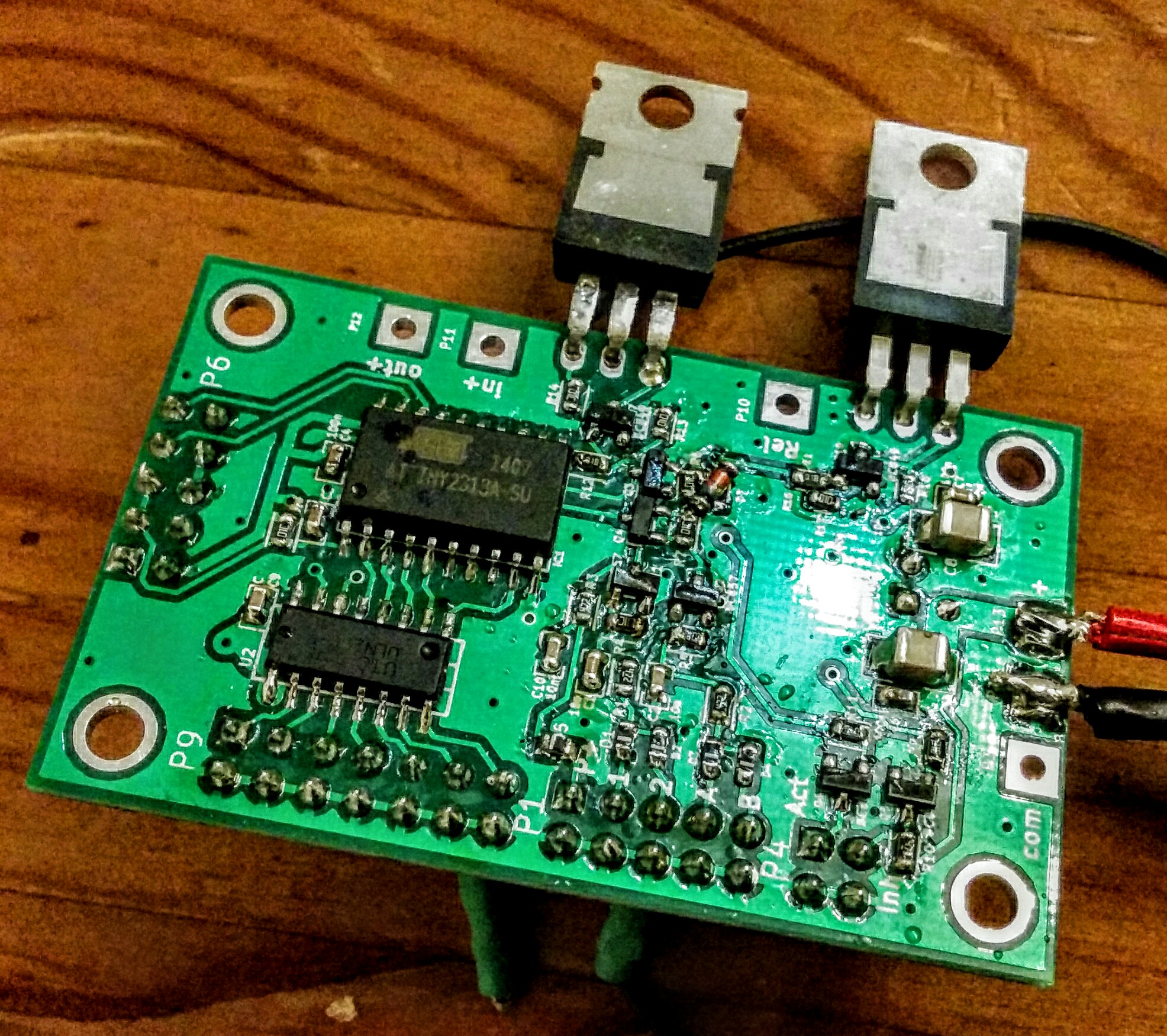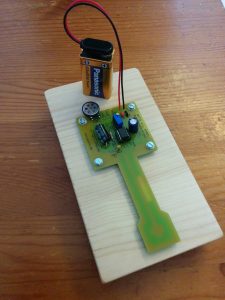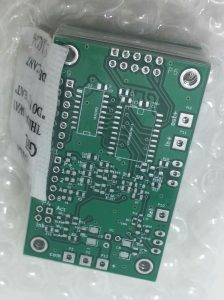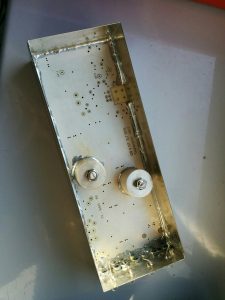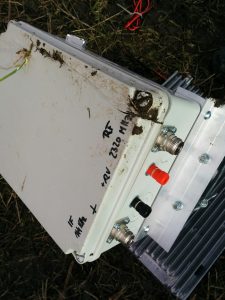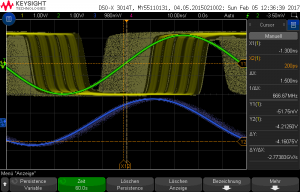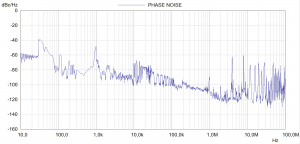Now finally i have my 4m rig ready. It consists of a DF2FQ transverter with some modification to power module mounting and RX amplifier stage.
Currently i use my FT-817 to drive it. I also added a separate drive input which i need for the SDR. With 1mW input on 29MHz it can achieve about 25W output on 70MHz.
So far i did not benefit from ES conditions. Seems it missed all the nice propagation from last weeks. Hopefully there will be another opening until end of August, when the permission ends here.
As antenna i use a Hentenna Quad with direct 50Ohm assymetric feed point. The antenna has some significant Null in the radiation pattern but is a good compomise for the fibre mast at the balcony.
My fist contact was with DK2EA in JO50UF in CW. Meanwhile i also worked DD1VD and DL2VPO locally.
[Edit 2017/07/23] meanwhile i worked EA1BFZ in IN81SS and today SV2JAO in KN10DN. ES propagation seems to be very short and spotty. You really need to look to the cluster and search the frequencies all the time. 5 minutes later all could be gone. 100km away the conditions can be significantly different.

